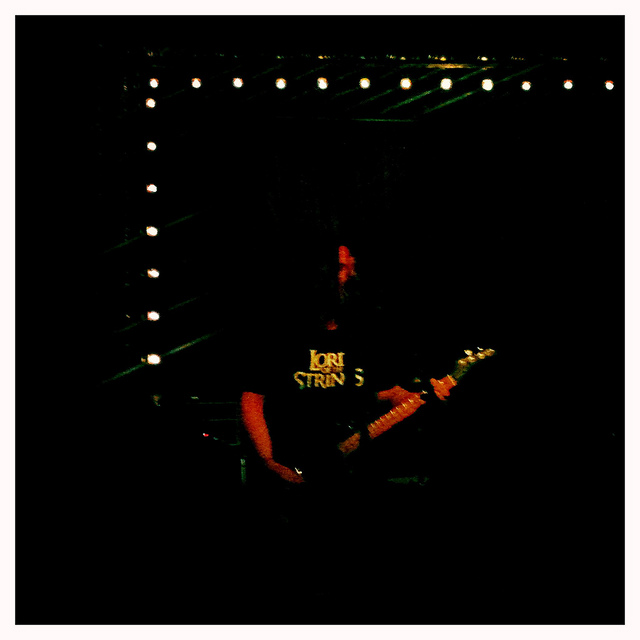 The Vision of Buddhism: The Space Under the Tree by Roger J. Corless
The Vision of Buddhism: The Space Under the Tree by Roger J. Corless
My rating: 4 of 5 stars
This book was simultaneously one of the more interesting and the most difficult book to understand. And that’s fitting.
After returning from my honeymoon in Indochina, where we visited more Buddhist temples than I can count, I wanted to learn more about Buddhism. Asking a friend’s Buddhist brother, I was recommended this book. It turned out to be the perfect book for my purposes. The author is an American Buddhist and the book is written pretty much precisely for people like me: westerners with an interest in Buddhism.
The book is organized as the life of Shakyamuni Buddha (aka Siddhartha, the Buddha) can be organized. We learn about the Buddhist conception of the world and the mind. We learn what nirvana, Dharma, samsara, Bodhisattvas, mean and are. It discusses the (many) different lineages of Buddhism, from Therevada and Mahayana to the sub-lineages thereof. Some of which I’d heard of like Tantric and Zen.
But most of all, and the hardest part to understand is the idea of the Buddha. Some lineages see buddha as something that is inextricably part of every person which is both the same and not the same as us. This is where it gets hard to understand. We just have to understand that we cannot understand. Nirvana has a similarly confounding description: it can’t be described because we can’t understand it, but it’s attainable. And furthermore, it won’t be disappointing. It’s illustrated with a little story that helps it make sense.
Tadpoles are swimming around in a pond. Eventually one grows into a frog and leaves the pond for dry land. He comes back to report to the rest of the tadpoles about what’s out there. He says, “There is air out there.” “What’s it like,” they ask. “Well, it’s like water but it’s not wet.” “How can water not be wet?” “Well, it’s all around you but you don’t swim in it and you walk on the dry ground.” “How can you not swim in water, and how can it not be wet?” These are concepts that the tadpoles have no capacity for understanding, since they only know “in” the pond and cannot conceive what “out” of the pond could be like.
This is like life for us. We live in samsara and can’t conceive what nirvana is like. And those who have attained it cannot explain it in terms that we can understand. But it’s there.
I recommend this book to anyone who wants to learn about Buddhism as a philosophy and religion.











